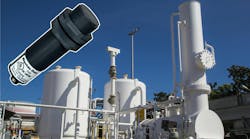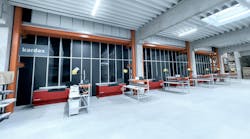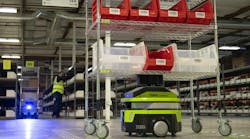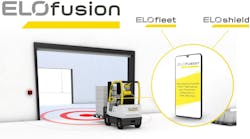Bilsing Automation Shortens Tooling Launch Time with Process Digitalization
Bilsing Automation GmbH has implemented a Digital Transformation strategy across its design and build processes, helping customers achieve error-free launches in a shorter time frame and improving the overall customer experience. To achieve this, Bilsing is leveraging the power of automated Product Knowledge Templates (PKT), 3D visualization, and AR/VR technologies.
“Our goal is to use technology tools early in the process so that we can deliver faster, launch smoother, and gain production speed on the plant floor,” said a Bilsing spokesperson. “Digitalization of our processes means we run a faster, leaner operation that gives engineers a chance to try different ideas and scenarios to optimize our offering prior to a final build.”
FASTER DESIGN:
Applying PKT to product development means Bilsing designers can capture corporate knowledge and standardize information within 3D engineering templates. These templates can then be reused so that less time is spent on repetitive tasks and reinventing the wheel, and more time innovating. For Bilsing, this has enabled them to reduce product complexity, lower overall development costs, and increase customer responsiveness. In studies comparing traditional methodologies by seasoned designers versus beginning designers using standardized templates, design time was reduced from 48 minutes to only 2 minutes—a 95% improvement.
ERROR-FREE BUILD WITH AR:
From the assembly standpoint, the company has integrated AR/VR technologies into its processes using a HoloLens and employing a Human Interface Mate (HIM) that acts as a guide during the build process. By using augmented reality, any items with IoT technology enable Bilsing technicians to get information from the company’s enterprise resource planning (ERP) system. This provides immediate access to the object’s specs, inventory, location, and lead times, as well as giving access to instructions and manuals.
Because AR is capable of overlaying the needed part onto the part that the technician may pick up, it allows the technicians to quickly discern whether they have the correct part by shape and part number. A smart sensor validates execution and warns the operator as soon as a wrong procedure is in process. This increases the worker’s efficiency while reducing the potential of poor work quality.
OPTIMIZED PROCESSES:
Bilsing has long employed 3D design tools and technologies to create accurate working models of customer operations to optimize process simulations for new dies, tooling, and automation, ensuring a new line will launch without any collisions or hiccups. This type of visualization makes it much easier for customers to feel comfortable with their investment.
“Digital strategies like these not only make Bilsing a more efficient organization but help us to quickly identify where we can gain a press stroke or robot cycle for our customers,” added Bilsing spokesperson. “In the end, this is about helping our customers to become more profitable in their organizations.”





